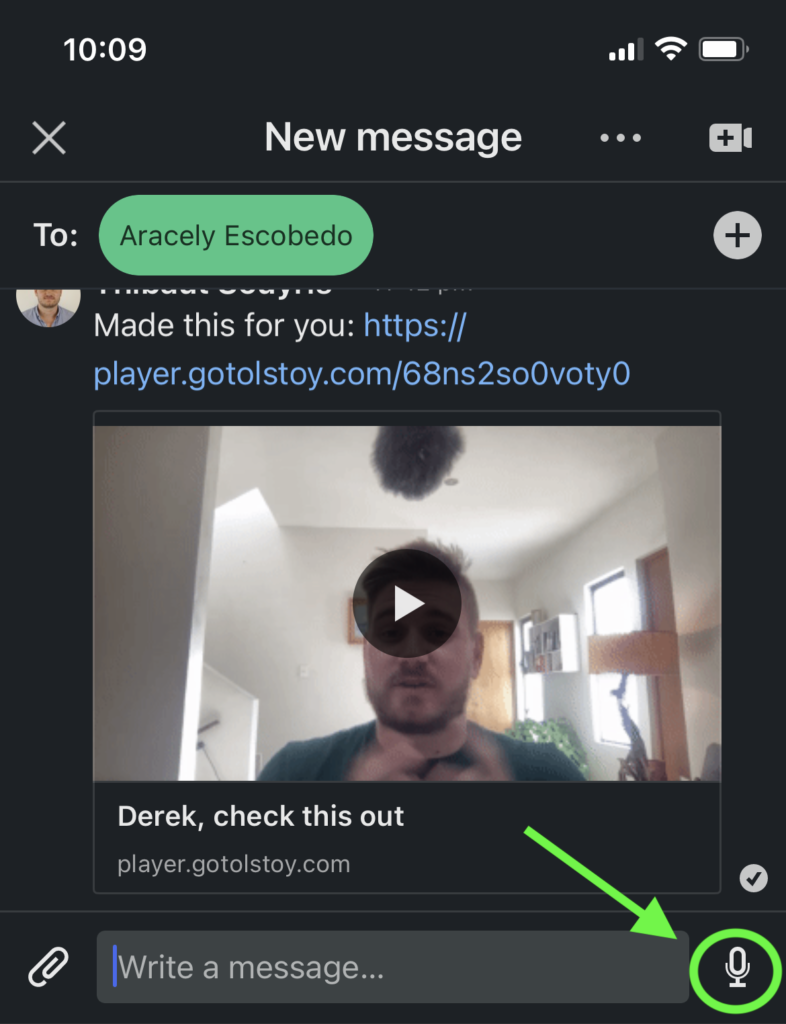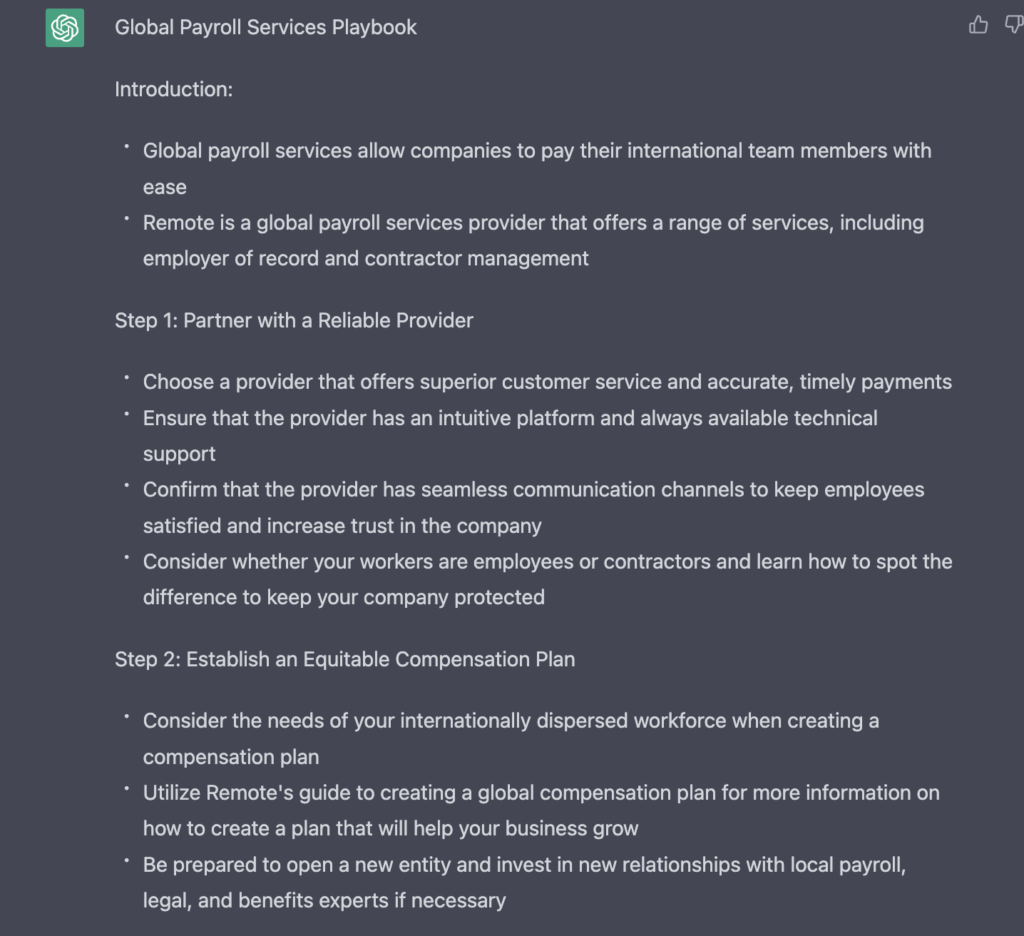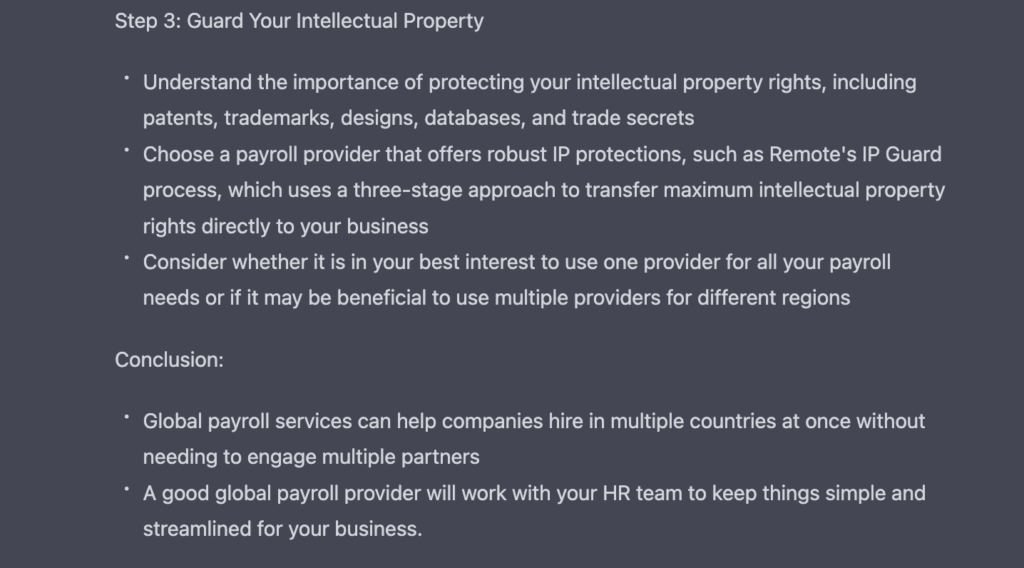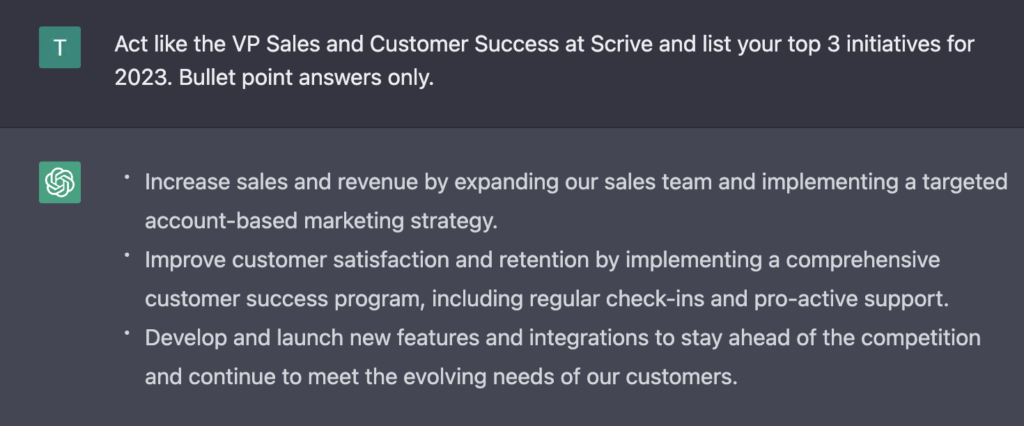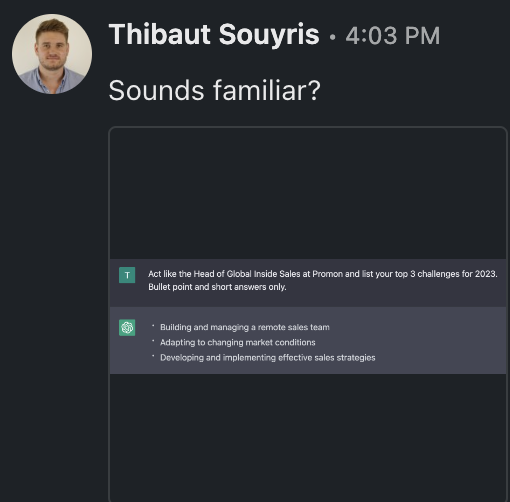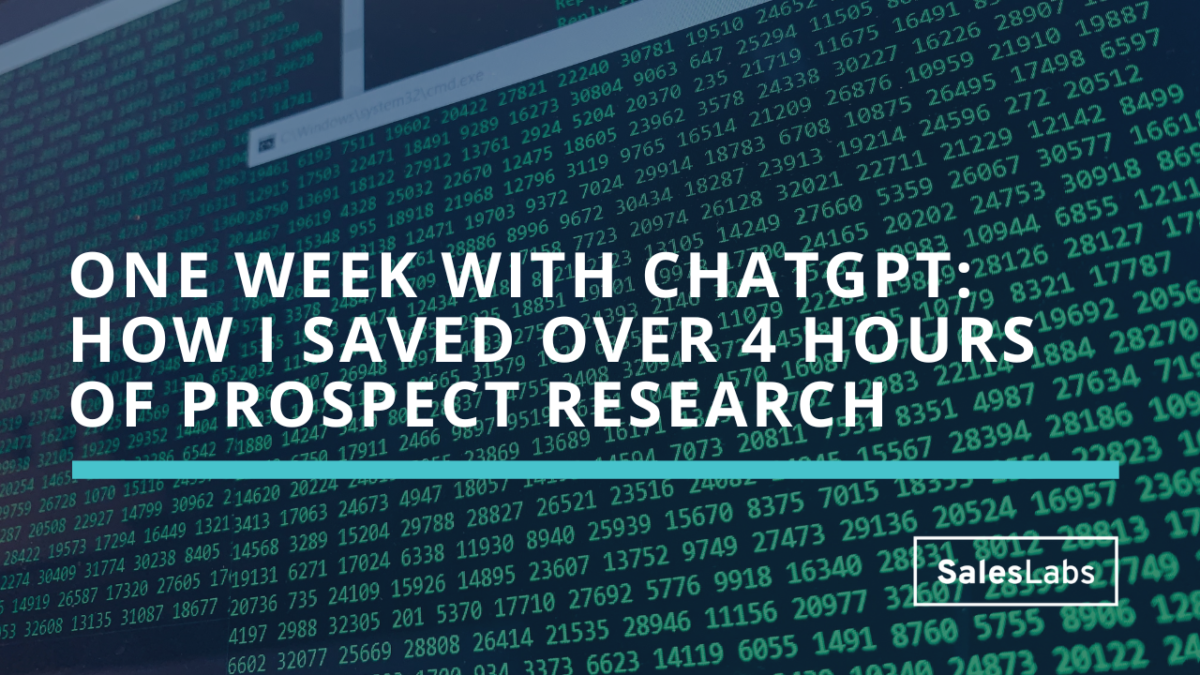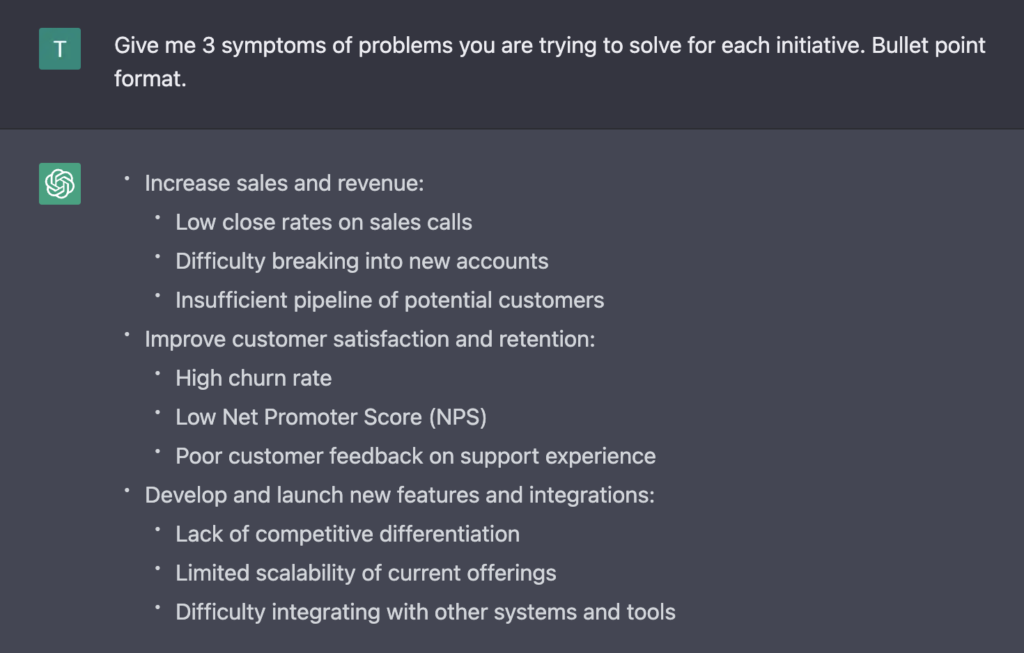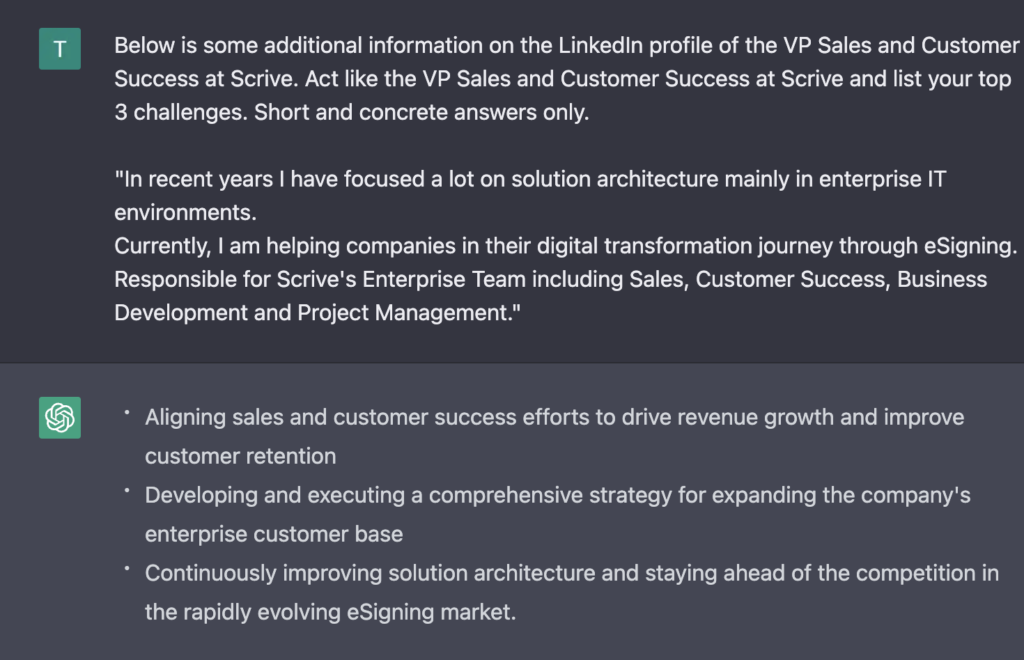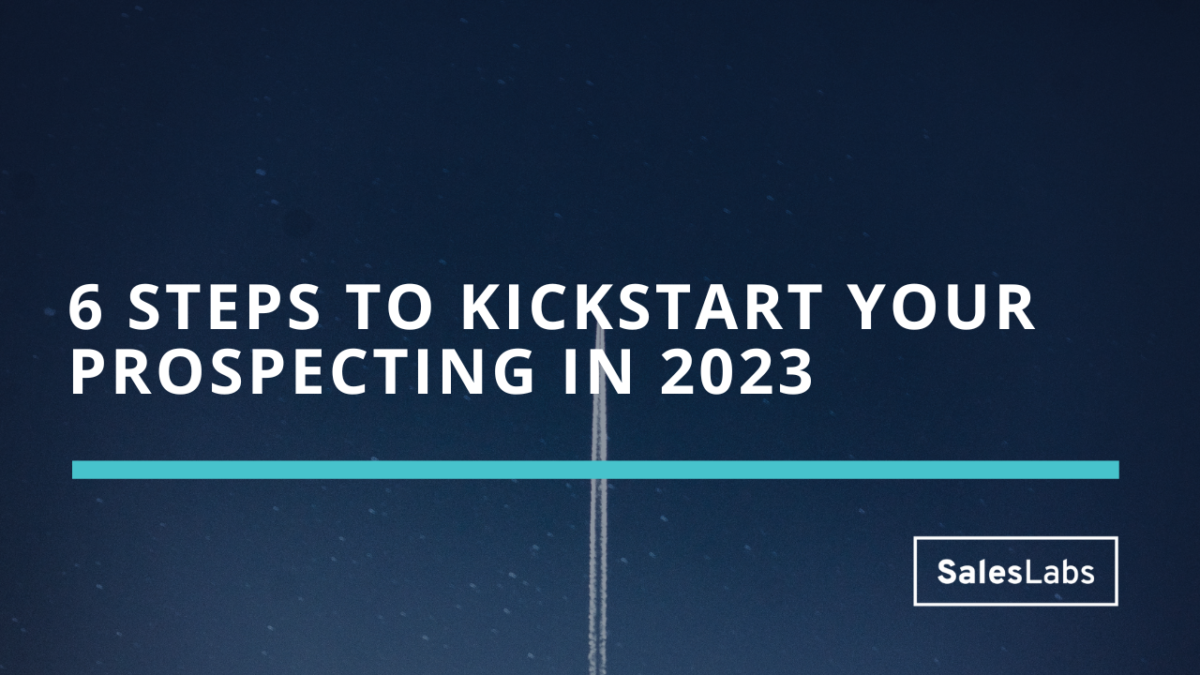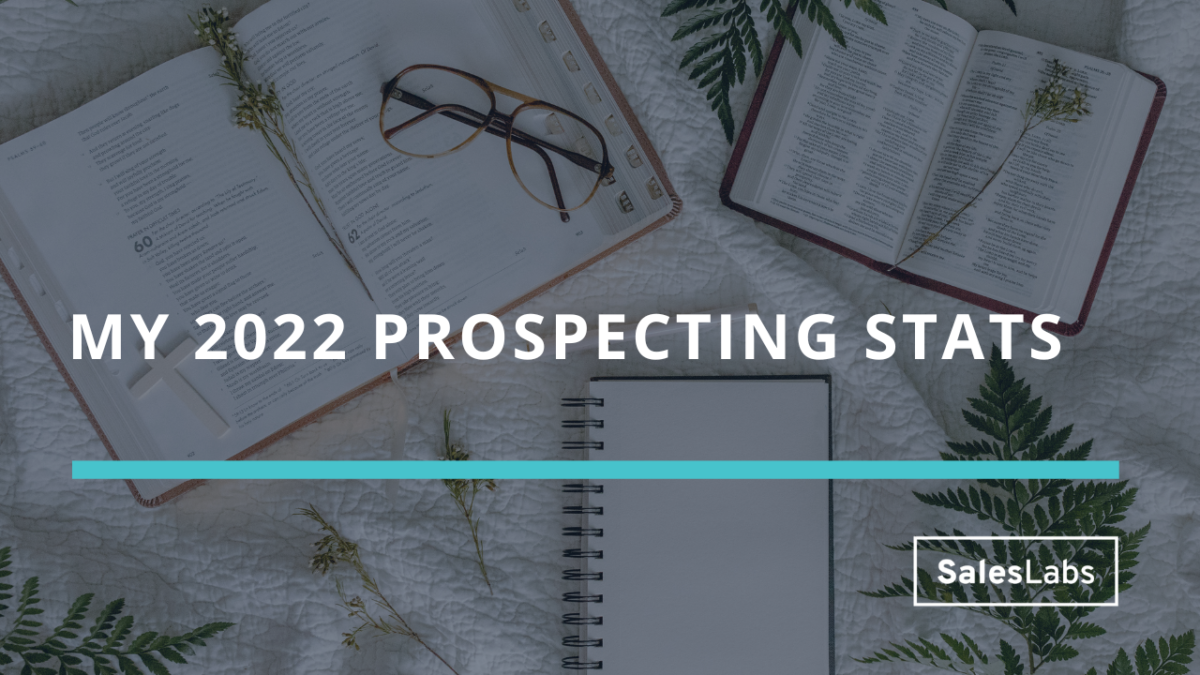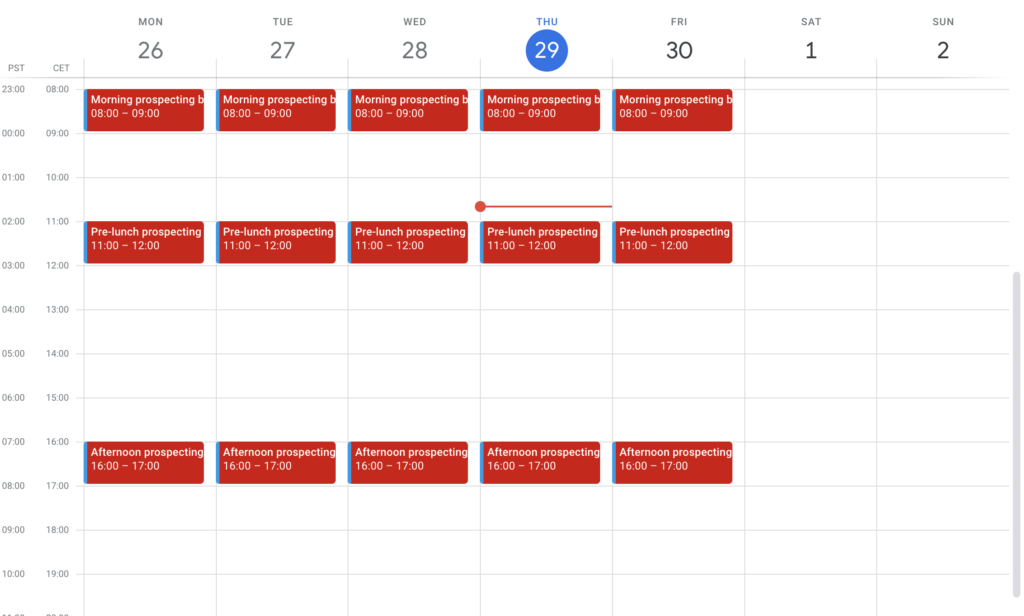5 mistakes salespeople make when using AI
In today’s issue, I’ll share the top 5 mistakes I see salespeople make when they use AI. It’s no secret, AI is everywhere in our lives. From search and summaries on Google, to vibe coding, it’s part of our daily routine, and it’s just a beginning.
But in sales, AI is a double-edged sword. It’s incredibly useful to brainstorm ideas, summarize massive data sets, or improve your writing. But most sales tools that have added AI features to their products have no clue what they are doing. And as a result, salespeople make a ton of mistakes that cost them deals.
Here are the 5 biggest mistakes I see all the time:
Mistake 1: Confusing AI and automation
We’ve all seen the posts from founders claiming they now have more AI agents than full-time employees. When you dive deeper, you see that their “AI agents” are just simple automations and have nothing to do with AI. For example, they have a LinkedIn connection request agent, which is just a basic tool sending connection requests on LinkedIn.
In most cases, the wild AI claims of these types of businesses make no sense. They confuse automation and AI, and they create a ton of hype for nothing.
Mistake 2: Using AI to write entire emails on your behalf
Using ChatGPT to write your cold emails has been one of the first use cases that was massively used by the sales community. We’ve seen buttons pop everywhere in sales engagement tools, suggesting us to generate messages with AI.
And the messages? They suck.
This is a typical example of tech founders hyping themselves over their “proprietary AI” which is just a ChatGPT wrapper. And it shows most people don’t understand the psychology of selling and convincing strangers to reply to your emails.
Mistake 3: Not training your AI properly
I like to compare an AI with an intern or an assistant. When they arrive for their first day of work, they have a general training and understanding of things, but they are fresh and they don’t know how things are done for you. That’s why you need to train them.
If you don’t share a structured knowledge to your AI (like what a good cold email looks like), your AI while use its basic knowledge and generate something too basic. And that’s something I see way too often in my mailbox. No personalization, generic copy, which are all consequences of not training an AI correctly.
Mistake 4: Not vetting AI features in your tools
This one is the hardest to avoid. Every week, we see a new revolutionary AI feature pop up. From AI concierge, to the ultimate AI agent, product teams in the sales tool space are in a competition to win the AI race.
And most of the feature they come up with are absolutely useless. They make selling more complex, less human, and salespeople end up wasting time training the AI, instead of prospecting, running calls, or closing deals.
Mistake 5: Using AI to comment on LinkedIn
This is the worst use of AI for selling. And it’s something that has considerably reduced the value of spending time on LinkedIn. It’s incredibly easy to see when an AI is commenting. The comment typically paraphrases elements of the post and uses phrases like “How do you balance?”, “Curious, how do you…”, or “That’s impressive!”.
We all know when someone is using AI to comment and it brings zero value to anyone. That’s why I’ve started blocking people who comment with AI on my posts, they hurt my credibility.
And these are the top 5 mistakes with AI in sales. Selling is inherently human. It’s way more complex that just following a sales process, and most people are trying to get AIs to do their jobs for them, instead of using it as a tool.
Hope this helps.
Cheers,
Thibaut Souyris
P.S. When you’re ready, here are 3 ways I can help you:
Subscribe to the Newsletter
Get my free, 4 min weekly newsletter. Used by 5.900+ salespeople to book more meetings and work when, where, and how they want.
Subscribe to the Newsletter
Get my free, 4 min weekly newsletter. Used by 5.900+ salespeople to book more meetings and work when, where, and how they want.



